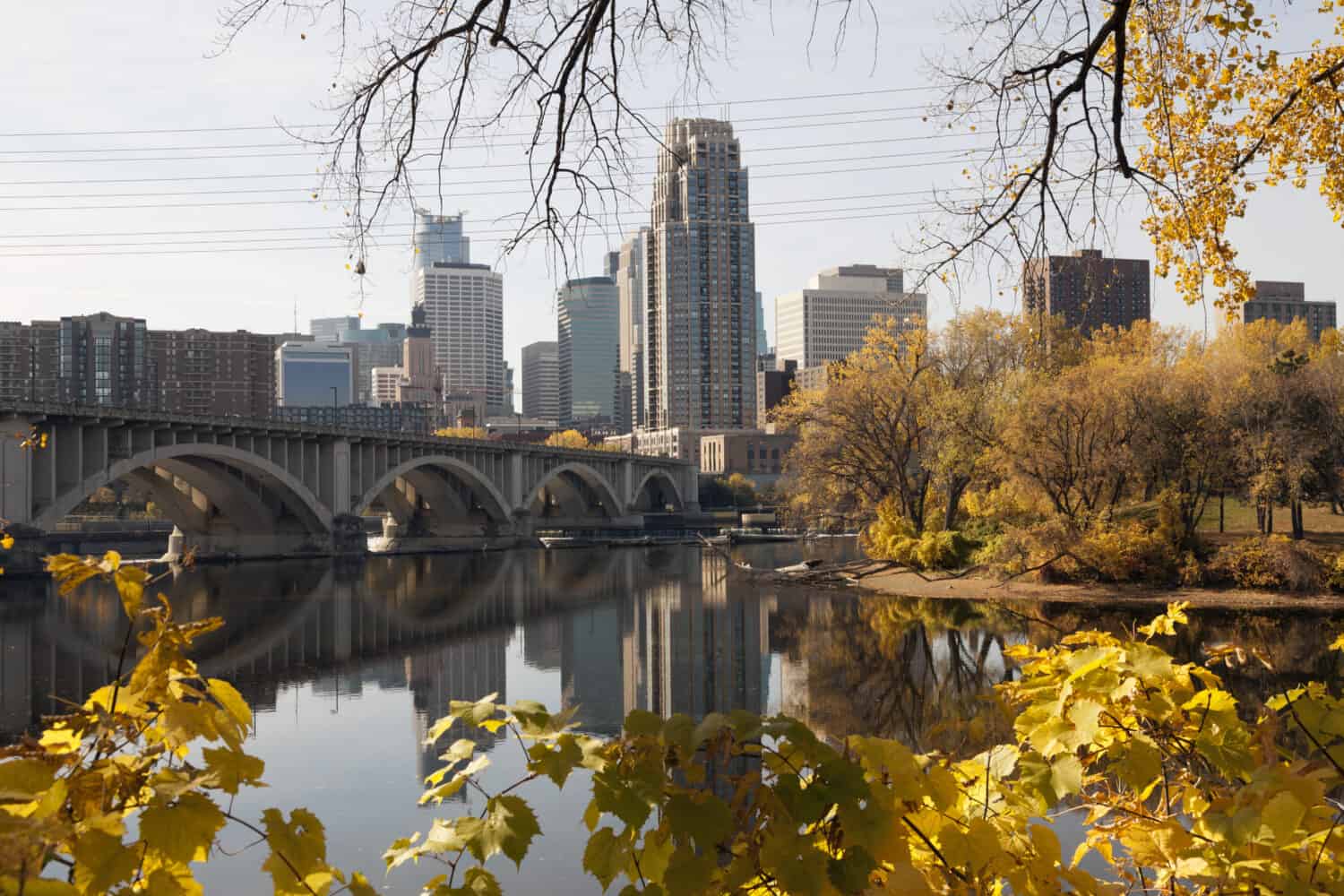Minnesota is a vast midwestern state, ranking 12th overall in the U.S. by land area. It is the 22nd most populous U.S. state, with more than 5.7 million residents. Minnesota boasts an astonishing 56 million acres and 11,000 lakes, which includes Lake Itasca. This glacial lake is the headwater of the Mississippi River. The Mississippi River reaches depths up to 200 feet at its deepest point. Interestingly, this massive state borders Canada and Lake Superior — the greatest of the Great Lakes.
Minnesota’s diverse ecosystem includes many of nature’s most impressive wildlife. Behemoths like black bears, elk, and moose call this unique landscape home. Other exceptional hunters, such as foxes, wolves, and bobcats, find use in the land’s plentiful resources. Fun fact: the official state bird of Minnesota is the common loon, known for its deep diving skills and peculiar “yodel.”
A state as diverse as Minnesota has a fascinating land ownership story. Read on to discover Minnesota’s largest landowner and their impact across the state and the country.
Who Is the Largest Landowner in Minnesota?
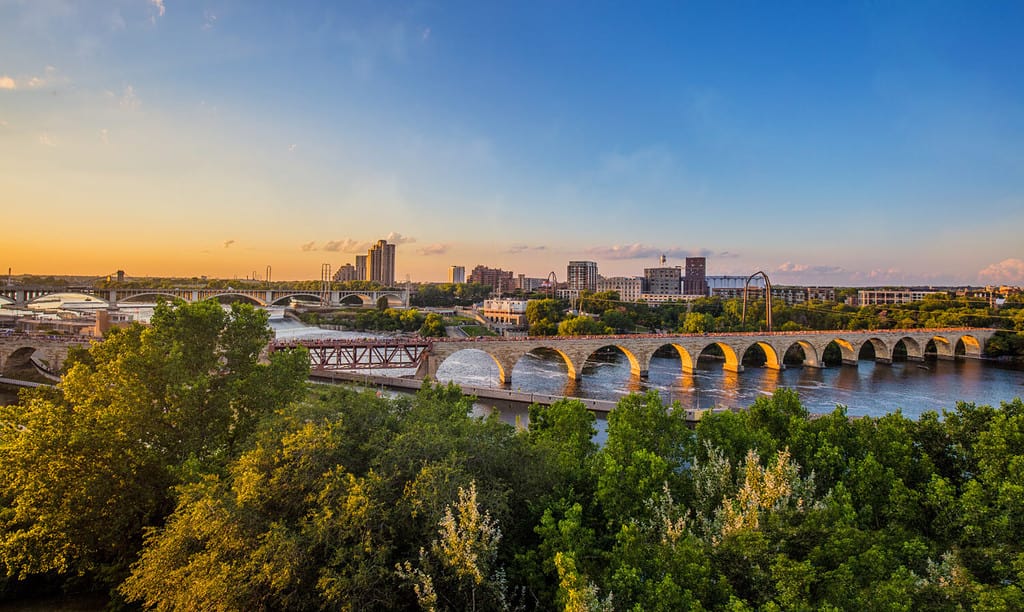
The top landowner in Minnesota is the state itself, with 5.6 million acres. The Department of Natural Resources controls more than 90% of the land the state owns.
©CK Foto/Shutterstock.com
The state of Minnesota holds the title of top landowner in the region. It owns an astounding 5.6 million acres! However, land ownership is often more complicated than you may expect. The Department of Natural Resources (DNR) in Minnesota has control of more than 90% of this massive amount of land. The DNR is a government entity charged with protecting the land’s natural resources, managing wildlife conservation, and maintaining and expanding the scope of Minnesota’s recreational opportunities for state residents.
The DNR is not only committed to preservation and conservation, but it also provides more than 3,000 jobs to Minnesotans, as well as volunteering opportunities to maintain the state’s natural beauty for all members of the community. Additionally, the state entity is committed to preventing the spread of invasive species, educating residents through safety training for recreational activities, and facilitating events for individuals and families throughout each season. Furthermore, 45% of the land the state administers comprises school trust lands in the northern region. DNR-managed land also includes state forests and trails, public water access sites, state parks and recreational centers, wildlife management reserves, etc.
All 50 states across the U.S. have departments of similar names that serve these functions. That means these government agencies control and preserve substantial land nationwide. Let’s examine how much land the DNR owns in America’s five largest states.
#1: Alaska

The U.S. Census Bureau indicates that Alaska has a population of over 730,000.
©Bob Pool/Shutterstock.com
Alaska is by far the largest state in the U.S., containing 586,000 square miles of land. It’s also two and a half times bigger than Texas. As of 2022, according to the U.S. Census Bureau, Alaska has a population of 733,583. The DNR of Alaska manages all state-owned land, water, and natural resources, excluding fish and game, on behalf of Alaskan residents and natives. This includes the state’s freshwater resources, 40% of the country’s freshwater flow! Further, the DNR makes up seven divisions that reflect Alaska’s major programs:
- Agriculture
- Forestry
- Geological & Geophysical Surveys
- Mining, Land and Water
- Oil and Gas
- Parks and Outdoor Recreation
- Support Services
#2: Texas
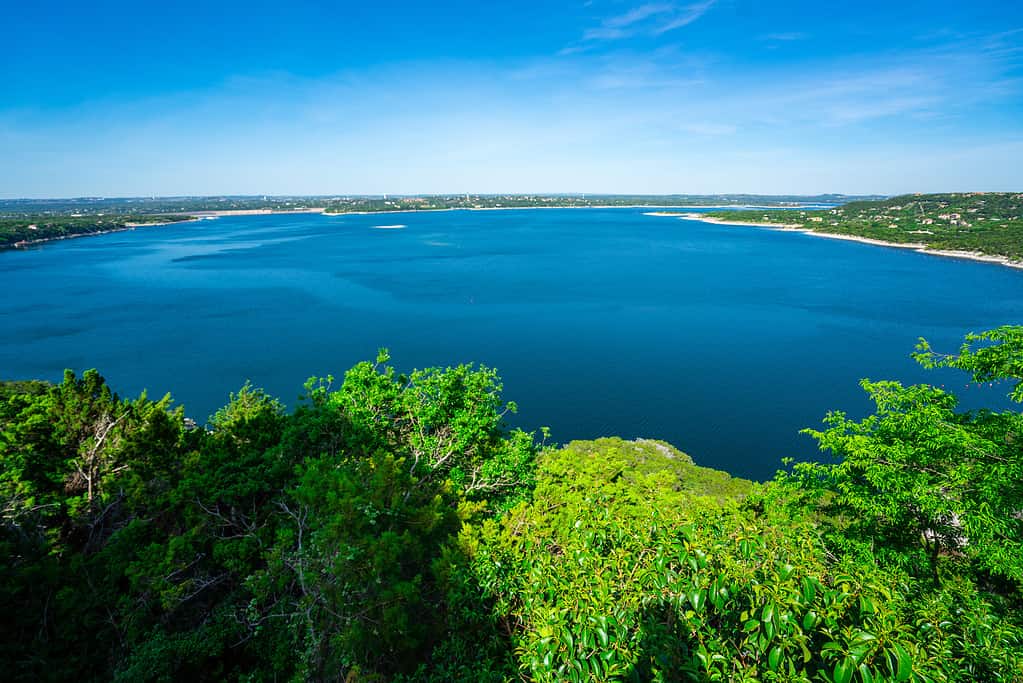
Texas is the largest state on the U.S. mainland and the second largest in the U.S.
©RoschetzkyIstockPhoto/iStock via Getty Images
Texas is the second largest state in the south-central region of the U.S., with a total of 268,596 square miles. It borders New Mexico and is known as The Lone Star State. Houston, an enormous metropolis in Texas, is by far the largest city in the state, with a population of 2,302,878.
The Texas Parks and Wildlife Department (TPWD) manages and conserves the state’s natural resources. From a policy standpoint, the Parks and Wildlife Commission (Commission) guides and directs the TPWD. The Commission oversees more than 640,000 acres of land owned or leased by the Department. This includes 89 state parks, historic sites, and natural areas. TPWD has multiple divisions:
- Wildlife
- Coastal Fisheries
- Inland Fisheries
- Law Enforcement
- State Parks
- Infrastructure
#3: California
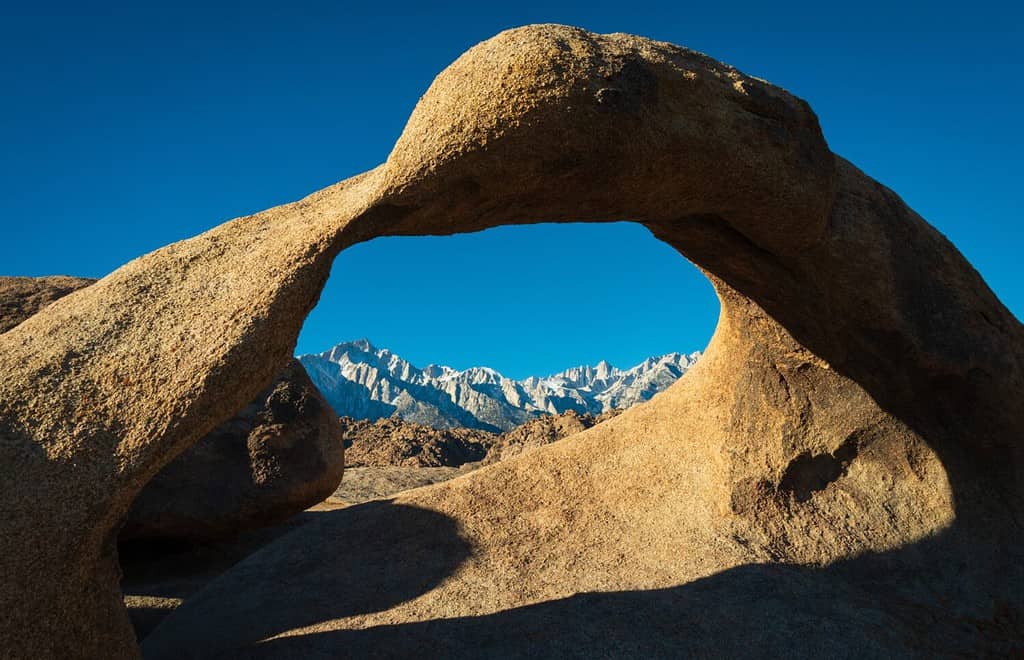
California comprises 4.31% of the U.S. population.
©Zack Frank/Shutterstock.com
California has immense land (163,695 square miles), ranking as the third-largest state in the U.S. It comprises 4.31% of the U.S. population. According to the 2022 U.S. Census, 39,029,342 people call California home. It is also the largest state in the Pacific region on the U.S. mainland.
The California Natural Resources Agency (CNRA) manages and protects the state’s natural and cultural resources, including the laws on hunting, fishing, and wildlife and marine life conservation. The CNRA oversees and supports over 26 departments, conservancies, and commissions with over 19,000 employees. They help to manage the state’s 100 million acres of land, encompassing hundreds of rivers and lakes.
#4: Montana

Montana’s Department of Natural Resources and Conservation generates millions of dollars for K-12 schools through its sustainability programs.
©Mark Ingalls/iStock via Getty Images
Montana is the fourth largest state in the U.S., with 94.1056 million acres accounting for 3.83% of the U.S. population. The state dedicates 62% of its land (58 million acres) to agricultural production. Surprisingly, the state has a population of 1.1 million and ranks as just the 44th most populated state.
Montana’s Department of Natural Resources and Conservation (DNRC) manages the state’s forest health. They are also reforming the water administration in the state, preserving the current and future needs of Montana residents through the Water Resources Division. The Division has a presence in eight regional offices and is structured into five bureaus:
- Water Sciences
- Water Rights
- Water Operations
- State Water Projects
- Planning, Implementation, and Communication.
The Department generates millions of dollars for K-12 schools through its sustainability programs, including forestry, agriculture, grazing, and energy leasing. Since 2021, the Department has received over $300 million in grants distributed across all 56 counties in Montana. The state owns roughly 5.2 million acres, the bulk of which is managed by the DNRC.
#5: New Mexico
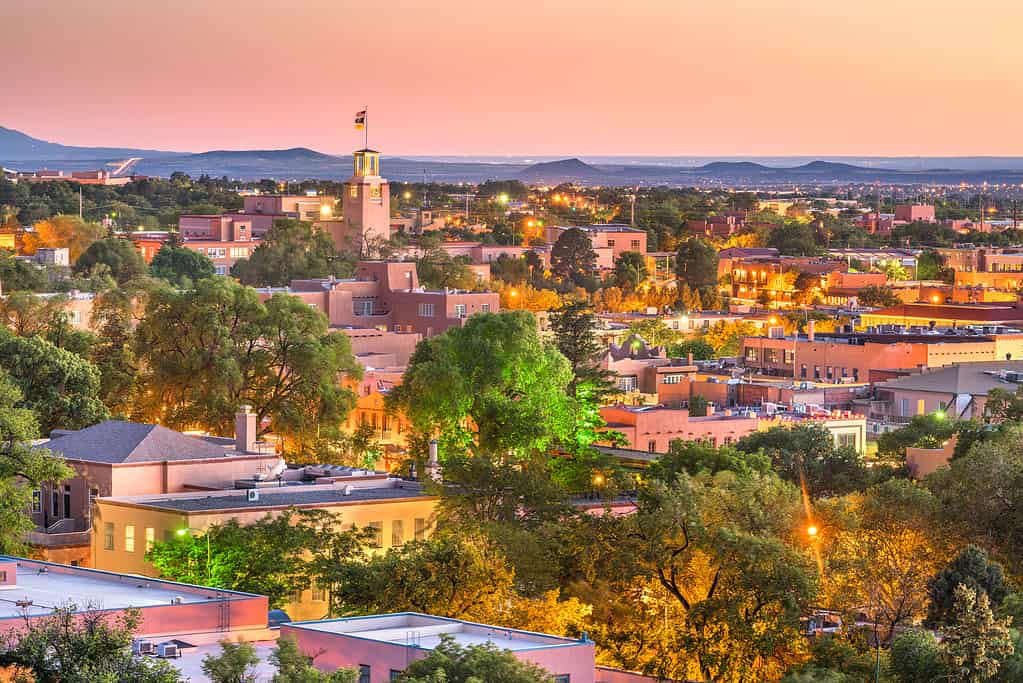
The Energy, Minerals, and Natural Resources Department manages the responsible and sustainable use of energy and natural resources in the state of New Mexico.
©Sean Pavone/iStock via Getty Images
The fifth-largest state is New Mexico, with a population of 2,113,344 people. Santa Fe is not only the capital of New Mexico but also the highest capital city in the United States, at 7,199 feet above sea level. However, Albuquerque is the most populous city in the state, with 572,864 residents. The state covers an impressive 121,590 square miles and is one of the Mountain states of the Southern Rocky Mountains.
New Mexico’s Energy, Minerals, and Natural Resources Department (EMNRD) is the state agency committed to managing and ensuring responsible and sustainable development for future generations. The state owns about 65% of the land in New Mexico. The Department of Natural Resources and Energy and Minerals merged in 1987 to create the state’s Department. The EMNRD launched a Climate Policy Bureau to support interagency efforts to reduce greenhouse gas emissions, grow the state’s green economy, and develop and implement a statewide Climate Action Plan. The EMNRD consists of five divisions:
- Energy Conservation and Management
- Forestry
- State Parks
- Oil Conservation
- Mining and Minerals
Thank you for reading! Have some feedback for us? Contact the AZ Animals editorial team.

